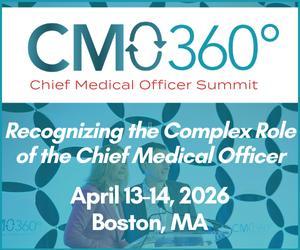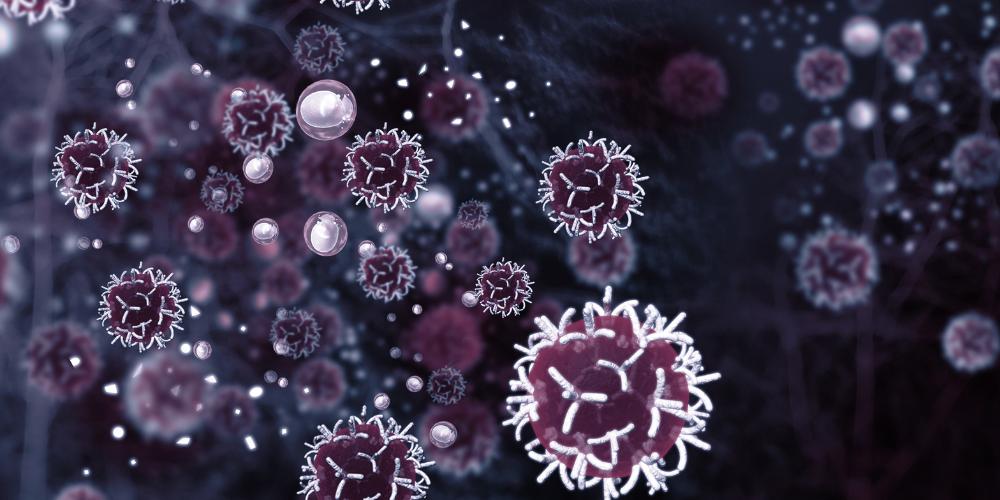Improving CAR T Therapies with Better Patient Access at Novartis
Through the development of a new method of manufacturing, Dr Serena De Vita is helping to expedite access to CAR T therapy for patients. Dr De Vita discusses how Novartis is achieving this, and her role as Global Head of Hematology, Translational Clinical Oncology at Novartis Biomedical Research.

How does your work in translational clinical oncology help to advance the IO field?
A major theme through my previous work and my current role has been spent working on a next-generation manufacturing platform at Novartis. This platform, T ChargeTM, is a way of manufacturing CAR T that basically eliminates the ex vivo expansion typical of traditional manufacturing.
Through the experience with Kymriah, our first-generation autologous CAR-T, we realized the importance of delivering products to patients faster. We also learnt that if you can preserve younger T cells with better quality in the final product, they can persist longer. Therefore, we came up with this new way of manufacturing CAR-Ts, T Charge, that addresses both of these issues.
"If we can further prove that having younger naive T cells is important, the question becomes how we can actually use this information to make CAR T more accessible for more patients."
What does that do for the actual CAR T product and patients?
Two things. First is that it obviously shortens time for the delivery of cells to patients. That means that patients who have very aggressive disease have better access to lifesaving treatment.
Second is that the shorter manufacturing time allows us to preserve some of the characteristics and the T cell subsets that are in the apheresis product. We’ve done extensive work characterizing why this is important and we believe that preserving the more naive T cells leads to hopefully better overall clinical benefit for patients.
What differentiates this approach from traditional manufacturing?
With traditional manufacturing, after transduction – where you deliver the vector to the cells – you actually keep the cells in culture until they reach a certain dose. With the T charge manufacturing process, which is shorter, cells expand in vivo in the patient.
What are the challenges you’re most frequently facing in cell therapy, and how are you addressing them?
The first is related to manufacturing and improving patient access. T Charge is Novartis’ answer to this particular problem.
Another challenge is the choice (and loss) of antigen. Thinking beyond single-agent targeting, which can drive loss of the antigen, could be a way to potentially outsmart tumors.
Finally, there’s the ability of the CAR-T cells to traffic to different microenvironments to get their job done. This specifically applies to solid tumors, but also to diseases that are highly immunosuppressive, such as AML. From a technology perspective, engineering a CAR construct that can traffic and penetrate a hostile TME is of high interest. But for us to do that, we must understand – in different settings – the composition of the TME and how it can be changed to enable better efficacy.
What keeps your passion for translational research?
As a physician-scientist, I've always been drawn by lab work and understanding – at the molecular level – what drives diseases and what we can do to modify them and offer curative options to patients. Even though I oversee a bigger portfolio that is more than cell therapies, including biologics and small molecules, my passion remains in cell therapies because it's a field that is progressing so fast and it’s driven by technology and iterative advances.
It is also one of those fields where preclinical models are quite limited. And so, the real task is doing clinical studies in a small group of patients, learning as much as you can through characterization of biomarkers and of the cellular product and bringing that knowledge back to the lab to inform the next generation of therapies. We’ve set the efficacy bar so high within heme malignancies, where some products are potentially curative, and there is so much that needs to be done in solid tumors or other difficult-to-treat diseases. Every small change that we make drives so much learning.
"As a physician-scientist, I've always been drawn by lab work and understanding – at the molecular level – what drives diseases and what we can do to modify them and offer curative options to patients."
How do you maintain your broader focus when working with translational data?
Testing novel therapies can feel like uncharted territory, and you can find yourself dealing with data you didn’t anticipate; you don’t always necessarily know what to go after. I always keep the patient in mind. Even when I'm looking at very early preclinical data, the North Star is how we can make a difference for patients. I prioritize rigorous experiments to give us an answer as to whether a therapy is suitable for trying with patients. I keep that perspective even as I evaluate clinical and safety data to assess if a product is suitable for testing in more patients.
What is possible next if your current work is successful?
One is specific to manufacturing. If T Charge succeeds, and we can further prove that having younger naive T cells is important, the question becomes how we can actually use this information to make CAR T more accessible for more patients and how we can leverage these learnings for novel ways of making CAR T cells.
The other is expanding beyond oncology, into other indications we’re starting to target currently. For example, there’s data coming out from Novartis and other players in the space that suggest CAR T could have potentially curative intent in autoimmune diseases.
What combinations in the early development space are you most interested in?
Novartis is leading in radioligand therapies, which allow localizing radiotherapy to the tumors with specific antigens. This modality is possibly safer and internalization isn’t as paramount as with ADCs. I look forward to seeing the potential of these therapies unleashed, and the potential combinations that will be tested.
What are you looking forward to seeing more of in IO?
The cellular therapy field is moving towards ways of generating CAR-Ts in vivo. There are a few players about to test this innovative concept in patients, and I am very curious to see how this space will evolve in the next few years. Another area I remain interested in is leveraging the power of other non-T cell types for immunotherapy approaches.
Finally, as we move further and further into understanding mechanisms of resistance to cell therapy, I look forward to seeing more data from T cell-engaging modalities targeting multiple antigens, or CAR T therapies in combination with other modalities.
In this article









